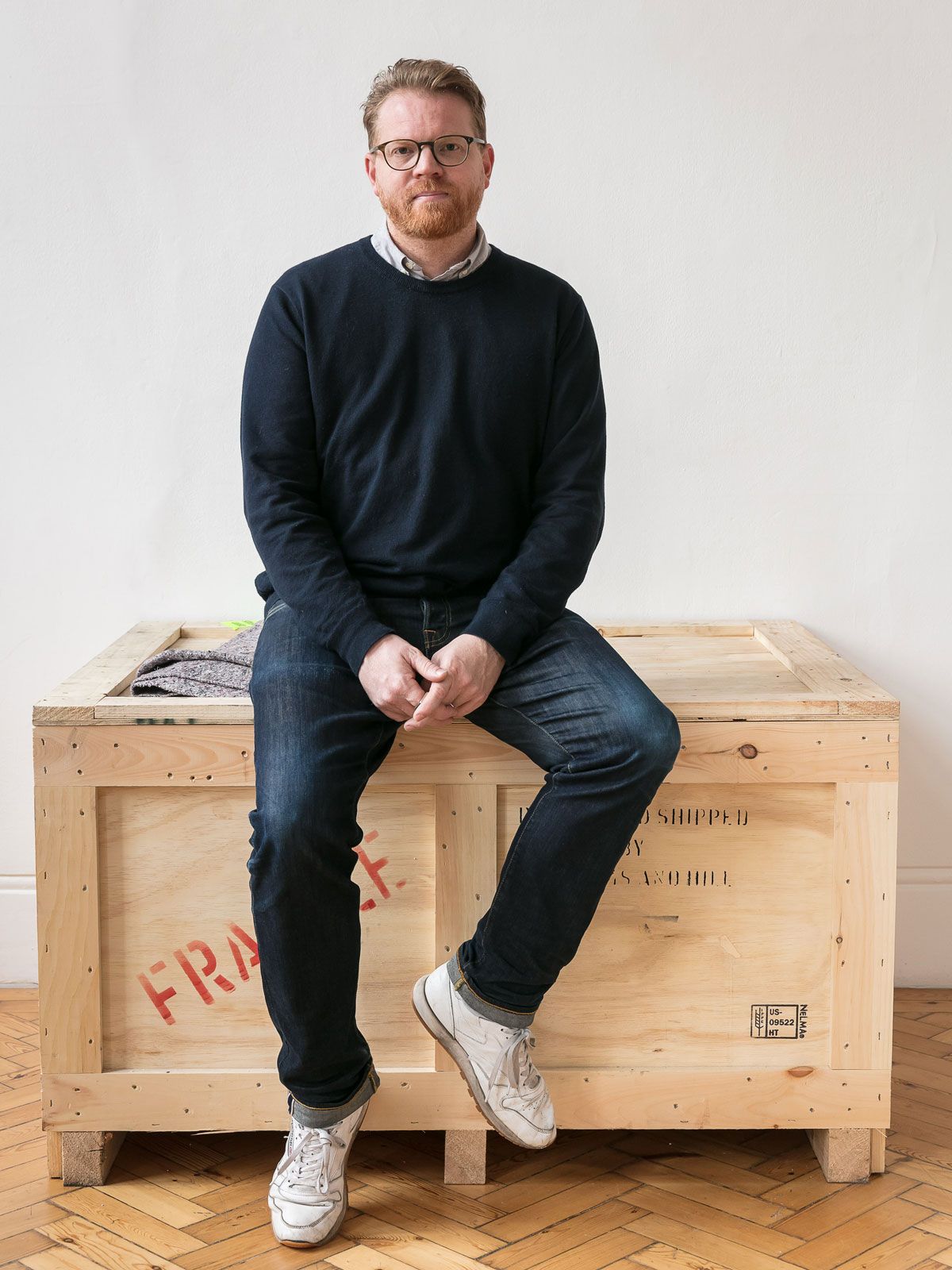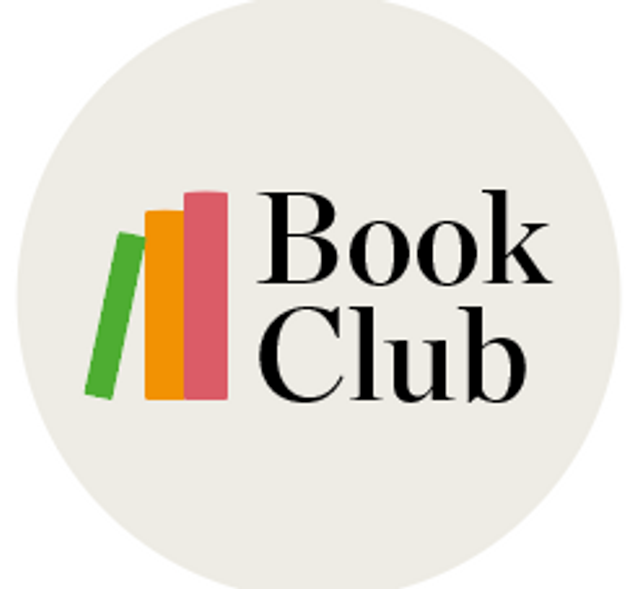The OG #14: Shapes (2020) by Amy Sillman
“First up, a heads up! Amy Sillman has produced a new fanzine in her long running and always excellent The OG series. The OG #14: Shapes expands on the inspired and much-lauded display, The Shape of Shape, that she curated for the Museum of Modern Art’s reopening last autumn. Featuring a new text by Amy on shape and form, as well as a brilliant annotated walk-through of the exhibition and artworks, it’s available as a free download from MoMA’s website to read on screen or print out and keep.”
The Philosophers Plant: An Intellectual Herbarium (2014) by Michael Marder
“There’s been a distinctly vegetal turn by a number of artists, writers and institutions recently. At Camden Art Centre we were just about to open a group show, The Botanical Mind: Art, Mysticism and The Cosmic Tree, when the lockdown struck (we now plan to open the show later in the year). With everything pushed back a few months and more time at home, I’ve had the luxury of being able to delve even deeper into what feels like a very timely subject. Michael Marder is an inspiration in this area, I’d already read Plant-Thinking: A Philosophy of Vegetal Life and Through Vegetal Being with [the French philosopher] Luce Irigaray, but hadn’t got to his brilliant The Philosophers Plant: An Intellectual Herbarium. It’s a wonderful book, bringing together philosophical thinkers and ideas from Plato, through Hegel, to Derrida and Irigaray, each reconsidered from the perspective of that most denigrated and overlooked form of life, plants.”
Life on The Edge: The Coming Age of Quantum Biology (2014) by Jim Al-Khalili and Johnjoe McFadden
“For another take on vegetal thinking, Life on The Edge: The Coming Age of Quantum Biology is a fascinating overview of this emerging and still contested area of research. For years biological bodies and structures were considered too ‘hot, wet and messy’ to be able to support quantum processes, but recent work has shown this is not the case and scientists now know that quantum mechanics sit at the heart of everything from the enzyme-driven metamorphosis of tadpoles-into-frogs, to that most fundamental chemical reaction for all life on Earth, photosynthesis.”
Forrest Bess (1911-77) Here is a Sign (1989) by Meyer Shapiro et al.
“The last exhibition I saw before lockdown was Forrest Bess at the Fridericianum in Kassel. It has just re-opened and, whilst it doesn’t have a catalogue, I’ve been reading everything I can get my hands on around Bess and his extraordinary, visionary life and work. [The documentary] Forrest Bess: Key to the Riddle, is a great place to start, and there are still copies to be found of the catalogue Forrest Bess (1911-77) Here is a Sign, from his posthumous 1989 retrospective at Museum Ludwig in Cologne.”
Lily van der Stokker: Friendly Good (2018) by Leontine Coelewij et al.
“Finally, Lily van der Stokker’s recent catalogue, Friendly Good, published on the occasion of her shows last year at the Stedelijk and Migros Museum, has been the perfect companion through these strange days. As all of our worlds have become simultaneously more domestic and yet somehow more globally connected these past weeks, little things take on a big significance, and the big things get filtered through the mundanity of the ordinary and every day. What better artist for our times, then, than Lily van der Stokker, who has been working with these supposedly ‘small’ themes of home, family, relationships, health, food and mood for more than 40 years. Her show at Camden Art Centre was to open this September, another postponement, but it feels more urgent than ever.”



